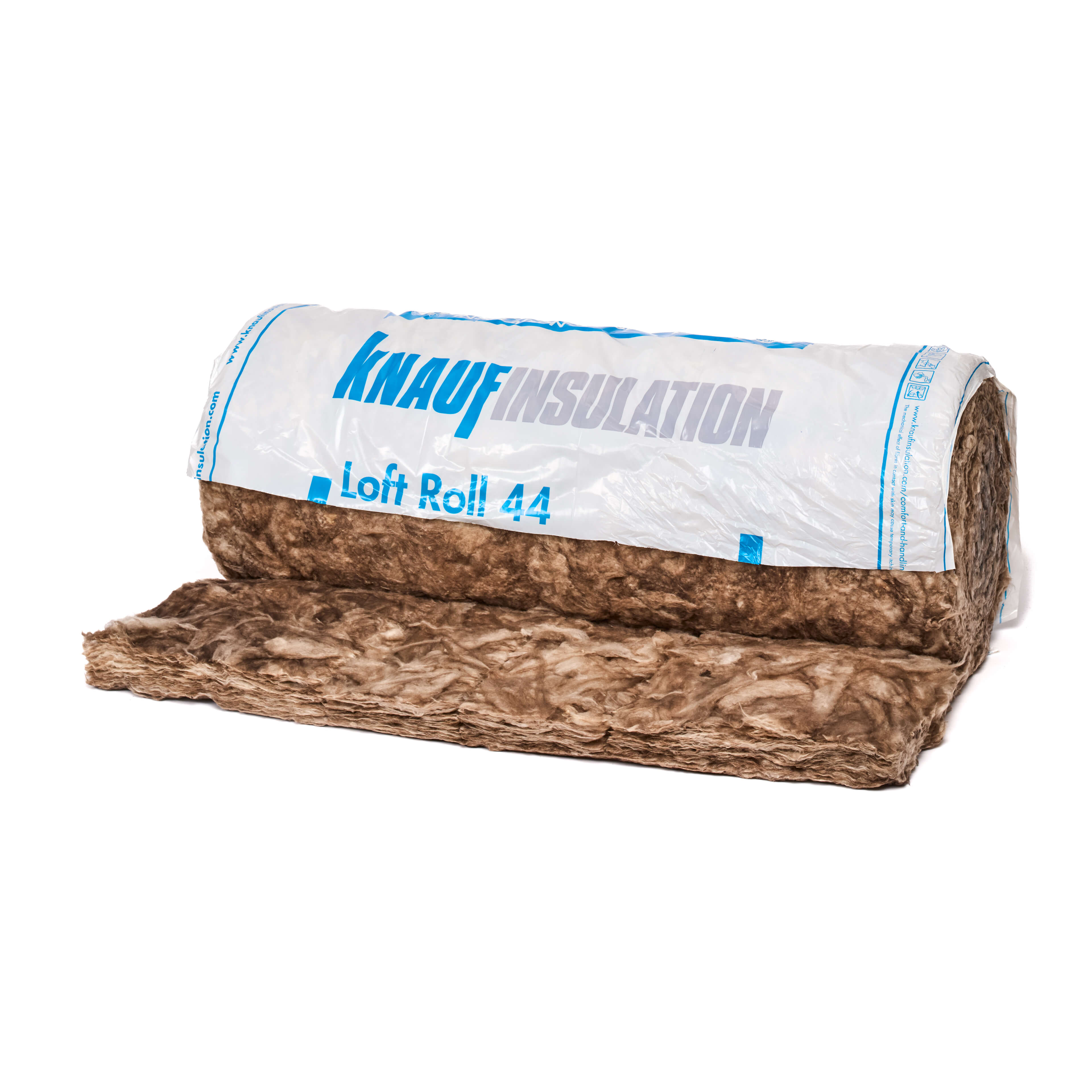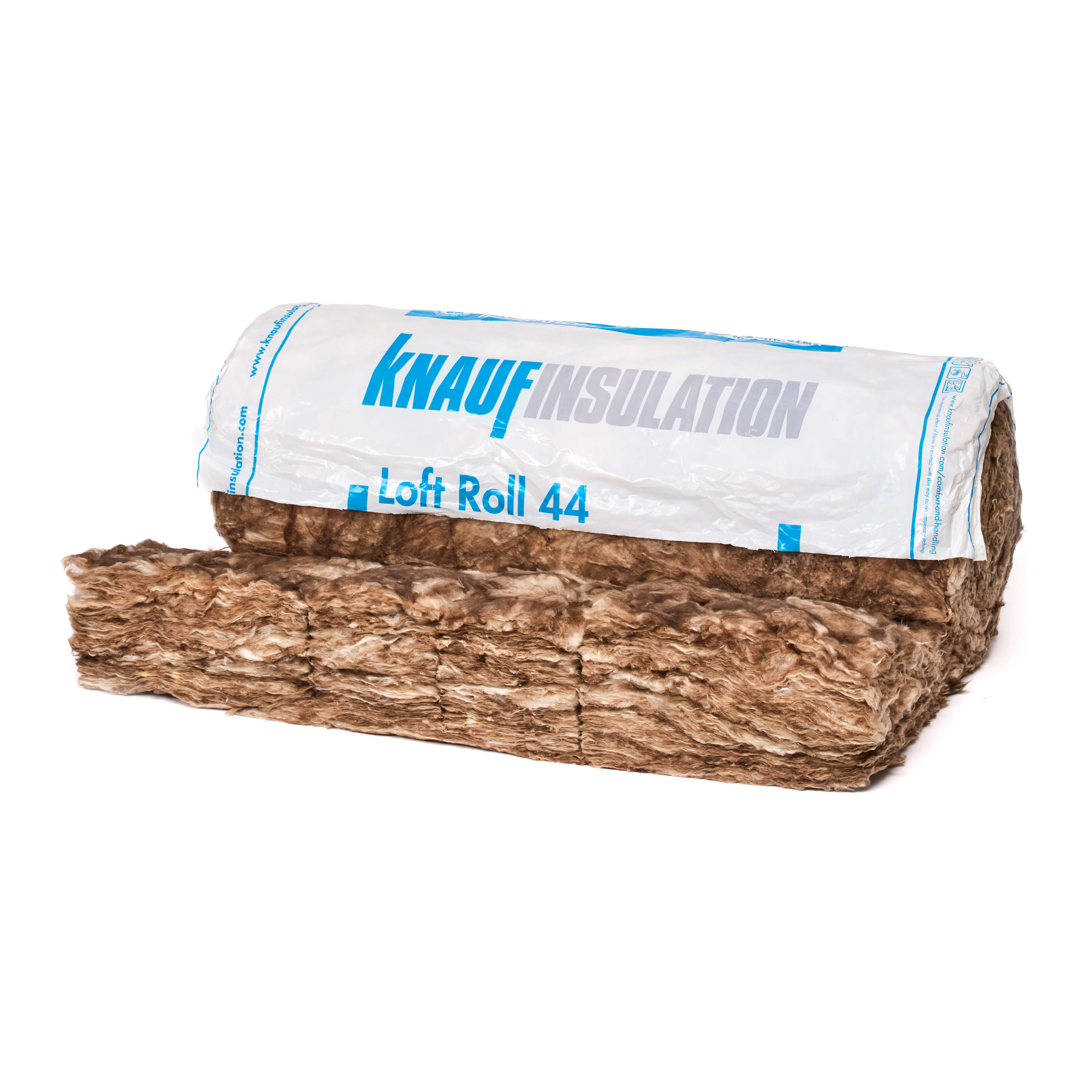Loft Insulation Roll
(8 Products)Loft-insulation rolls use dense, interlocking fibres to soak up airborne sound before it reaches the rooms below, while the same fibre matrix stalls heat loss and gain. The result is a calmer, steadier indoor environment that calls for less heating and cooling input. Installation is relatively straightforward: unroll, trim, and place it between joists or rafters. Once in place, it works silently for decades, lowering noise levels, cutting energy costs, and boosting the building’s overall performance.
What Are Loft Rolls?
Loft Insulation Roll sits quietly above the ceiling yet drives some of the largest gains in whole-house performance. Its dense mesh of interlocked fibres traps pockets of still air, forming a high-resistance layer that slows heat escaping in winter and blocks solar gain in summer.
Because temperature swings are tamed at source, the heating and cooling plant can throttle back, cutting both peak demand and annual energy spend.
Occupants notice the difference as steadier room temperatures, faster warm-up times, and fewer cold-spot complaints.
For designers chasing lower EPC ratings or Net-Zero targets, this single component often delivers a bigger percentage improvement than costlier mechanical upgrades, and it lasts for the life of the roof with no moving parts to service.
Why They Matter
Heat never sits still. On cold days it drifts upward and slips through an uninsulated roof; on hot ones the sun bakes the tiles and that warmth radiates down into the rooms below.
A well-laid roll interrupts both routes. Its tangled fibres imprison air (a poor heat conductor) and stop draughts forming inside the loft, so less energy is needed to keep the living space comfortable.
Benefits
- Energy savings and lower bills. Because the boiler or heat pump can throttle back, payback on materials and labour tends to arrive surprisingly quickly.
- Quieter rooms. The same dense mat that blunts heat flow also soaks up sound - traffic hum, heavy rain, even footsteps in the attic.
- Drier, healthier roof space. Stable temperatures reduce the risk of condensation, which in turn keeps mould and mildew at bay.
- Longer-lasting structure. By easing temperature swings, insulation spares timber and fixings from repeated expansion and contraction.
- Lighter environmental footprint. Modern rolls often contain a high proportion of recycled content and can help a project meet green-building targets.
Choosing The Right Roll
- Thermal Conductivity: The lower this figure, the less heat sneaks through a given thickness.
- Thickness. Building regulations set minimum U-values, so you may need multiple layers to hit the target.
- Reaction to fire. A mineral-wool roll with an A1 rating, for instance, will not contribute to a blaze.
- Density. Heavier products excel at noise control but are slightly harder to manoeuvre in tight lofts.
Material choice then follows: glass wool for lightness and price, rock wool for acoustic and fire performance, sheep’s wool for moisture buffering, recycled PET for low itch and easy handling.
Installation Tips
Clear loose boards, sweep away debris, and set up a stable crawl-board path before you start. Unroll the first layer between joists, pushing it gently into the corners without compressing the fibres.
A sharp utility knife, a tape measure, and an off-cut of plywood as a cutting board are really all the tools you need.
If the specification calls for a second layer across the joists, stagger the joints like brickwork to avoid gaps. Finally, keep ventilation routes - eaves vents and any ridge vents - free of obstruction so the roof structure can still breathe.
Frequently Asked Loft Insulation Roll Questions
How Many Rolls of Standard Loft Insulation Do I Need?
There is no definite answer to this question. Each loft has different dimensions and therefore, different insulation needs.
We suggest that you measure the width and length of the areas that you want to insulate to work out the m2. Then divide the total number of m2 by the size of the roll.
From this, you can work out how many rolls you would need.
We also recommend using rolls that come pre-perforated. Pre-perforated rolls allow you to choose between using the full width roll or splitting it into a length that better suits your needs. This helps to maximise on site efficiency.
Uncut rolls offer the versatility of being trimmed to fit between joists, or you can utilise them as full width rolls for a swift installation process.
What Is The Difference Between Combi Cut & Ready Cut?
Combi-cut rolls come with partial perforations, allowing you to either fit them between joists or use them in their full-width roll form, optimising your on-site workflow.
Meanwhile, ready-cut products are tailored to size, ensuring seamless and efficient installations.
Does Loft Insulation Roll Offer Any Acoustic Benefits?
Yes, beyond its primary thermal properties, the fibrous structure of loft insulation roll provides inherent acoustic damping. It helps to absorb airborne sound, reducing noise transfer from external sources (e.g., traffic, rain) and mitigating sound propagation between different levels of a building.
Can Loft Insulation Roll Cause Condensation Issues?
When correctly specified and installed, loft insulation should not cause condensation. In fact, by stabilising temperatures, it can help prevent condensation.
However, improper installation, such as blocking essential ventilation pathways (e.g., at the eaves), or installing in a loft with existing moisture problems, can exacerbate condensation issues. Adequate ventilation in the loft space is crucial.










